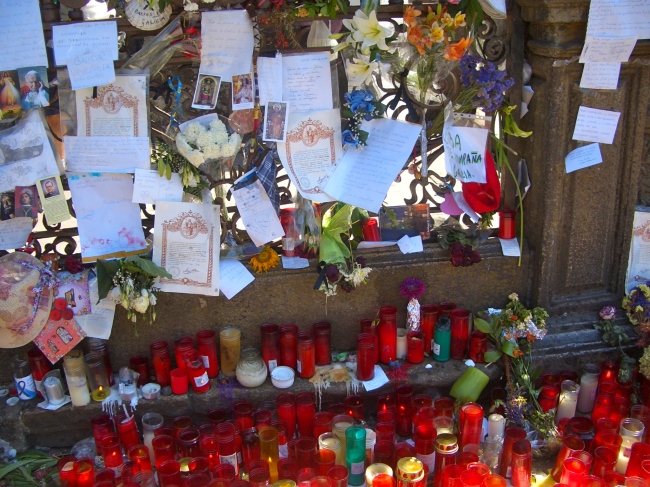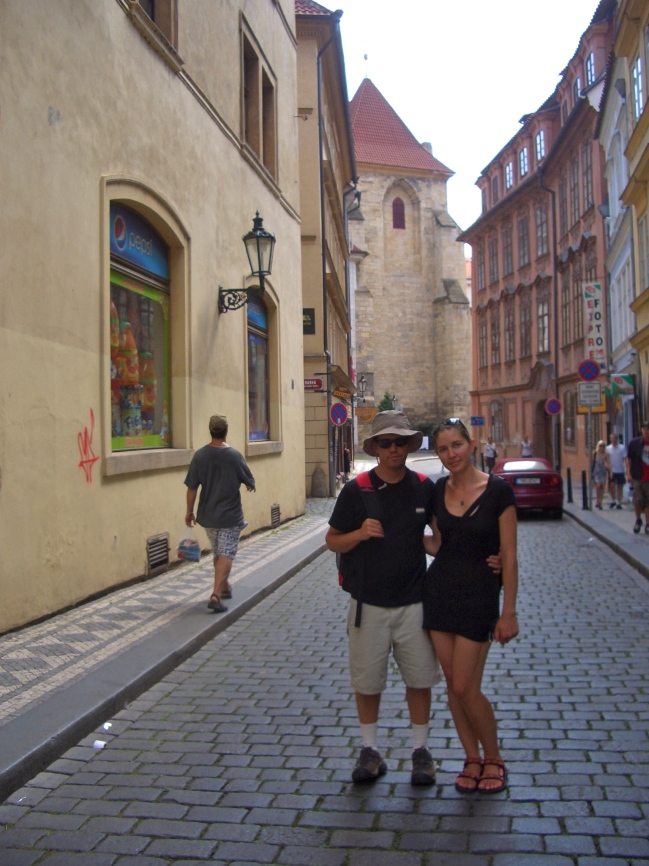The process of deciding and selecting the best shoe to carry our bodies 15 miles a day has been at times a confusing process. Should one go with a sturdy hiking sort of boot? In the beginning that was my assumption. On the other hand, in the spirit of going light that isn’t necessarily consistent when you consider that your legs have to pick up the weight of your shoe or boot countless times during a 15 mile day. Upon visiting a local shoe store, we were surprised to find out that hikers from the nearby Pacific Crest Trail have come in to buy high quality running shoes, such as Cascadia Brooks, to carry them 2,000 miles from the Mexican border to the Canadian border. This is certainly a journey that I would consider more rugged than the journey we are preparing for. Since these shoes are considered good for 4-500 miles, hikers on the PCT have been known to go through five pairs to complete their journey.
Coincidentally, just a few days after our visit to the shoe store we bumped into a young couple on a local hiking trail wearing exactly the same pair of shoes that we were considering in the store. We stopped to ask about his experience with the shoes and he said that he had recently completed the Pacific Crest Trail and strategically went through five pairs of these shoes! That was all I needed to hear for a good recommendation. My stereotype about sturdy hiking boots was broken and the decision to go with a light pair of quality running shoes was cemented.

